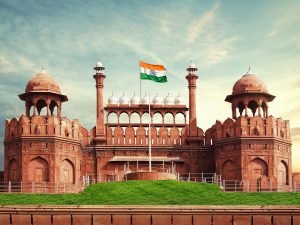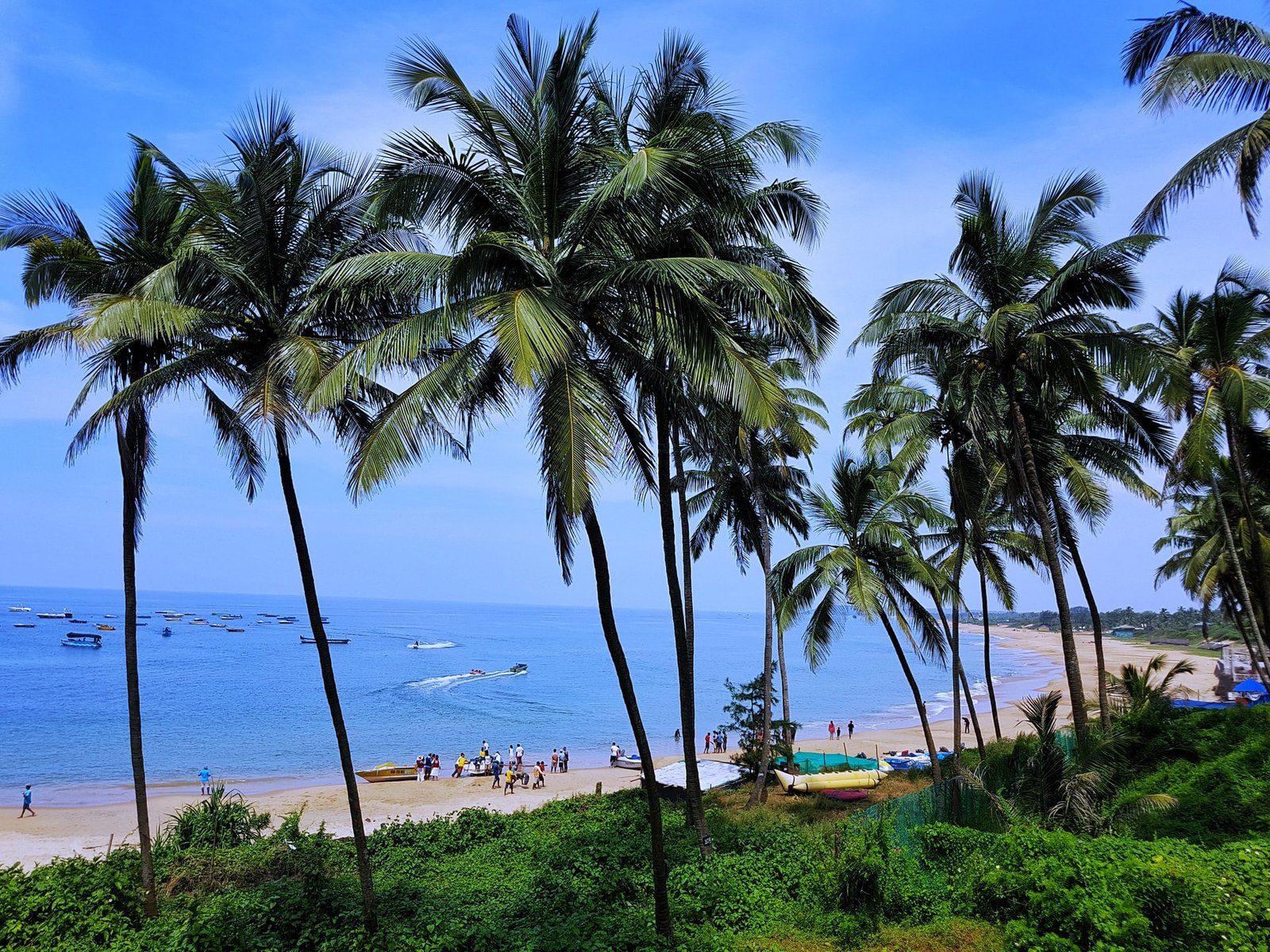Every year on August 15th, India proudly celebrates Independence Day, a day that holds deep significance and reverence. It commemorates the end of British rule in India and serves as a tribute to the many sacrifices made by freedom fighters and the founding leaders of the nation. This year, as we honor their legacy, visiting the historic landmarks that were central to India’s struggle for independence could be a meaningful way to connect with our past.
If you share this sentiment, join us as we explore some of India’s most important sites. Each of these places resonates with stories of courage, sacrifice, and the relentless pursuit of freedom in today’s blog.
Let’s Get Started
Red Fort, Delhi

The Red Fort in Delhi is more than just an architectural marvel; it’s a powerful symbol of India’s journey to freedom. Constructed in the 17th century by Mughal Emperor Shah Jahan, this iconic fortress played a significant role in India’s struggle for independence. It was here, on August 15, 1947, that India’s first Prime Minister, Jawaharlal Nehru, raised the tricolor flag and delivered his famous “Tryst with Destiny” speech, marking the dawn of a new era.
Even today, the Red Fort is at the heart of Independence Day celebrations. The Prime Minister addresses the nation from its ramparts, and a vibrant parade highlights India’s cultural richness and military strength. When visiting New Delhi, you can easily book India Tour online and explore the fort’s museums, which are filled with treasures from India’s history, offering a deeper understanding of the country’s past.
Sabarmati Ashram, Ahmedabad
Nestled along the banks of the Sabarmati River in Ahmedabad, Sabarmati Ashram was home to Mahatma Gandhi for 12 years. This serene retreat was more than just his residence; it became the center of the Indian independence movement. The ashram gained historical significance during the Dandi March of 1930, a peaceful protest led by Gandhi against the British salt tax. This march marked a pivotal moment in India’s fight for freedom, showcasing the strength of non-violent resistance.
Today, Sabarmati Ashram has been transformed into a museum dedicated to preserving Gandhi’s legacy. Visitors can explore various exhibits that display his personal belongings, letters, and photographs. The calm and simple surroundings of the ashram offer a profound insight into Gandhi’s life, encouraging reflection on the principles of truth and non-violence that he championed.
Jallianwala Bagh, Amritsar
Jallianwala Bagh in Amritsar is a powerful symbol of the sacrifices made during India’s struggle for independence. This garden witnessed one of the darkest chapters in Indian history on April 13, 1919, when British troops, led by General Dyer, brutally opened fire on a peaceful gathering, killing hundreds of unarmed civilians. The horrific massacre sent shockwaves across the nation and became a turning point that fueled the Indian independence movement.
Today, Jallianwala Bagh serves as a public garden and a memorial to honor the victims of that tragic day. Visitors can still see the bullet marks on the walls and the Martyrs’ Well, where many sought refuge from the relentless firing. The site stands as a somber reminder of the cruelty of colonial rule and the unyielding spirit of the Indian people in their fight for freedom.
Cellular Jail, Andaman and Nicobar Islands
The Cellular Jail, often referred to as Kala Pani, is a haunting reminder of the British colonial era’s brutal treatment of political prisoners. Situated in the Andaman and Nicobar Islands, this prison was notorious for its inhumane conditions and the severe punishments inflicted on those who dared to fight for India’s freedom. Many prominent freedom fighters, such as Batukeshwar Dutt and Veer Savarkar, endured immense suffering within its walls.
Today, the Cellular Jail stands as a national memorial, with its preserved cells bearing witness to the courage and resilience of those who sacrificed their freedom for the nation. To truly experience the essence of this historic site, consider Holiday Trip in India, allowing you to explore the jail at your own pace and reflect on its profound legacy.
Victoria Memorial, Kolkata
Kolkata played a pivotal role in the Indian independence movement, serving as a hub for revolutionary activities. One of the city’s most iconic landmarks, the Victoria Memorial, is an architectural masterpiece from the British era that now functions as a museum dedicated to Kolkata’s rich history and the struggle for independence. Inside, you’ll find an extensive collection of artifacts, including paintings, manuscripts, and memorabilia that chronicle India’s journey to freedom. The galleries specifically focused on the freedom movement offer an in-depth look at the contributions of various leaders and revolutionaries who fought for the nation’s independence.
Final Thoughts
Visiting these historic landmarks on Independence Day is a profound way to connect with India’s rich history and honor the sacrifices made by countless individuals for our nation’s freedom. Each of these sites provides a unique window into the past, reminding us of the struggles and victories that have shaped India’s identity. As August 15th approaches, let us take a moment to remember and pay tribute to the heroes who fought tirelessly for our freedom, drawing inspiration from their unwavering spirit and determination.

 +44-1753-201201
+44-1753-201201
 +1-416-619-7795
+1-416-619-7795 +61-2-86078986
+61-2-86078986







